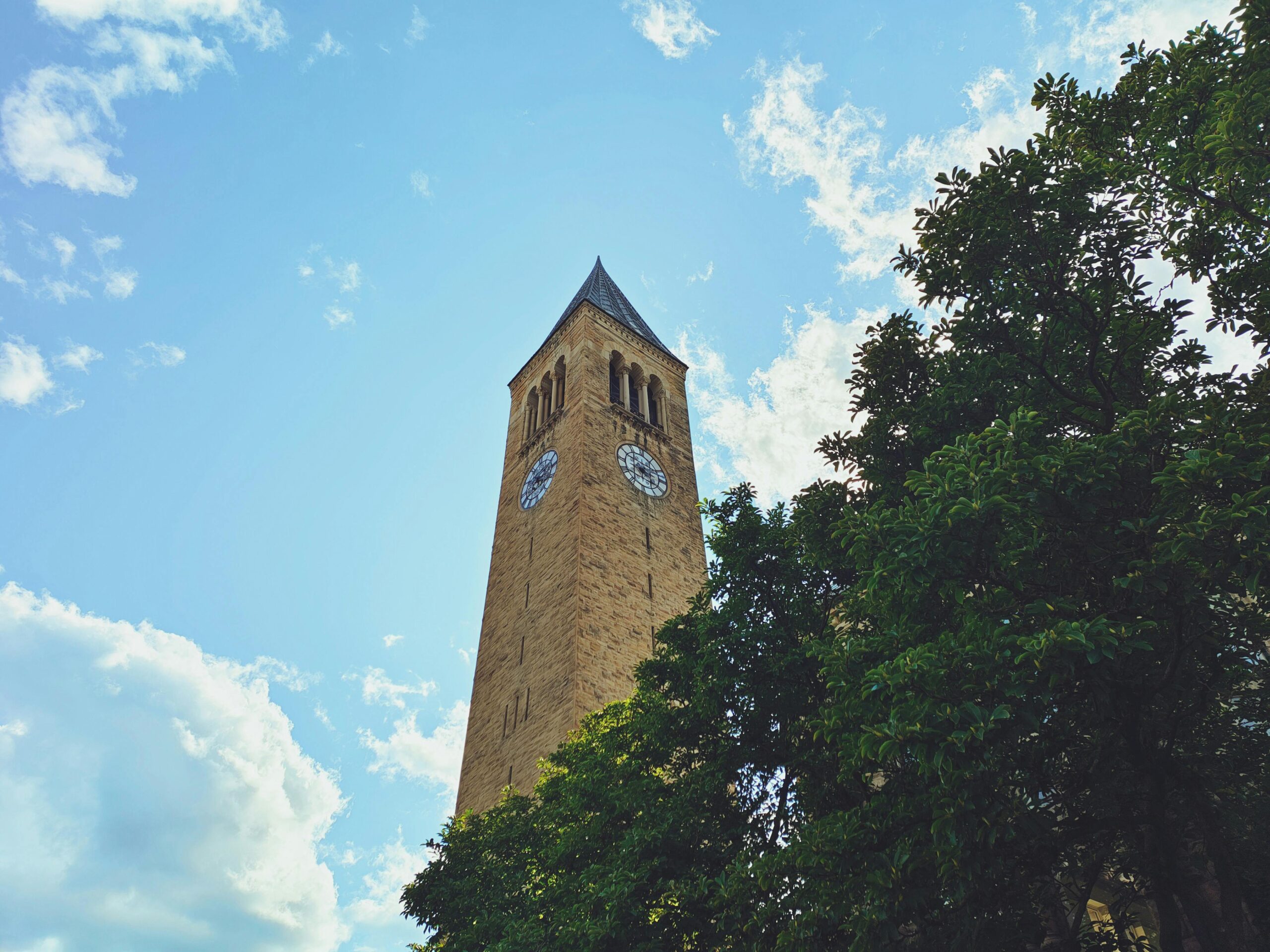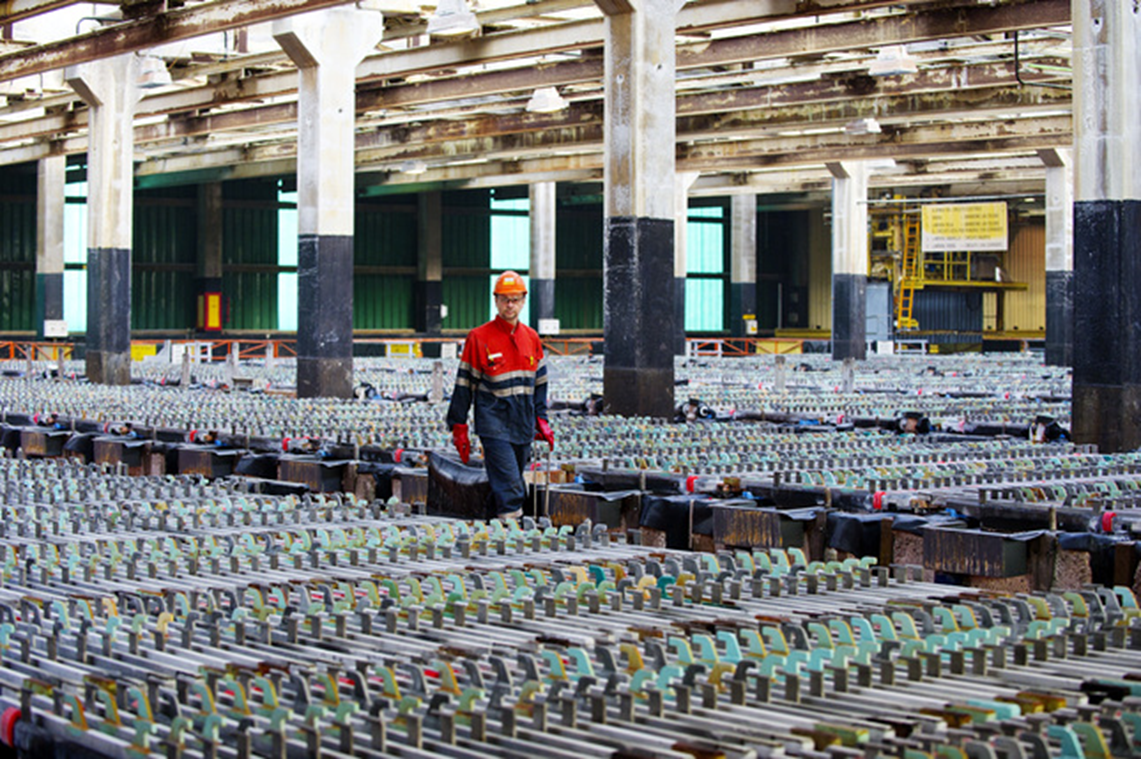By Lisa Allen, Director of Regulatory Affairs, International Lead Association
A historic tower has been given a new lease of life with a new roof fashioned from lead sheet. After more than two years of renovation and restoration, McGraw Tower at Cornell University, NY, USA, has seen its lead-coated copper roof replaced with sheet lead, which they describe as “a more durable and environmentally safe material”.
Built in 1891, the iconic 173-foot clock tower was originally topped with a Spanish tile roof. In 1932, the tiles were replaced with copper sheets thinly coated with lead and soldered together. Alas, over the decades, time and weather have taken their toll: water kept finding its way in despite patchwork repairs to leaking seams. And so, an urgent and necessary restoration project was started in Summer 2023 to maintain the tower’s iconic look while protecting it for years to come, making the entire structure weathertight for future generations of students.
Specialist subcontractors were brought in from Ottawa, Canada – roofers skilled in the required detail and craftwork – to use lead sheet to restore the tower and retain its historic chevron pattern and deep grey hue. Lead sheet was chosen as the roofing material as it is homogenous throughout the material, and more malleable and durable than lead-coated copper or other potential alternatives.
According to Jon Ladley, Director of Facilities Planning for the University Library, the $7 million project – which included numerous other repairs to the tower, masonry, and adjacent Uris Library – delivered renovations that should “last us another hundred years”, a testament to the longevity of lead sheet in architectural applications.
Architectural lead sheet offers exceptional durability, malleability for complex detailing, weather resistance, and recyclability, making it ideal for long-lasting roofing and heritage restoration projects. Other famous and historic buildings sporting lead sheet roofs include Notre Dame de Paris (France), Cologne Cathedral (Germany), and St Paul’s Cathedral (London, UK).








